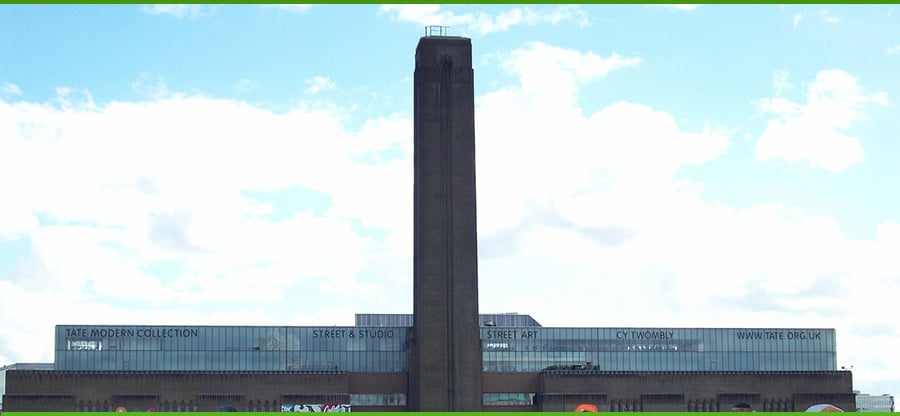The Tate Modern is renowned for exhibiting avant-garde works of art ranging from the abstract impressionism of Claude Monet to the throwaway pop art of Andy Warhol. In keeping with its reputation for innovation, the Tate is hosting a new installation by conceptual artist Abraham Cruzvillegas in its Turbine Hall.
Cruzvillegas has set up an array of wooden triangular planters in a geometric pattern, which are filled with soil from various London locations. The installation itself is built using materials collected from building sites around the city. The planters are illuminated by nearby lamps and watered every day so that the environment is optimal for plant growth.
Equality is the message that Cruzvillegas wants us to draw from his installation as is the widening gap between the rich and poor. The intention here is to show that a clump of dirt from the badlands of Heygate Estate can just as effectively encourage evolution as a pile of mud collected from the gardens of Buckingham Palace.
The use of recycled materials in art installations is nothing new but Cruzvillegas’s use of soil and planters has added an extra dimension that, if all goes to plan should be a vivid, fascinating representation of urban renewal. The unspoken idea is that visitors will throw seeds into the planters which will then result in the blooming of unusual plant life. It remains to be seen how this will pan out – administrators of the Tate Modern aren’t always keen on this type of thing. As if to underline the point, visitors are restricted to gazing from the fringes and are unable to get anywhere near the wooden planters.
The Empty Lot exhibit is part of Abraham Cruzvillegas’s Autoconstrucción Installations which are created through a process of improvisation born out of the inclusion of an eclectic variety of materials. His previous works have included a veritable smorgasbord of recyclable materials including human hair, feathers, cement, ceramic and bones.
The term Autoconstrucción bears a resemblance to the English term ‘self-constructing’ and refers to the methods of construction that were used in Cruzvillegas’ birthplace Ajusco in Mexico City. During the 60s, many Mexicans gravitated towards the city in search of work and formed their own communities. Makeshift homes were often built with whatever materials were readily available.
There seems to be a growing trend for mega-installations like The Empty Lot, particularly at the Tate Modern. This is perhaps understandable considering the sheer vastness of the Turbine Hall. Previous installations such as Olofur Eliasson’s The Weather Project and Ai Weiwei’s Sunflower Seeds, which featured 10 million porcelain seeds, were received with great fanfare and were of a similar scale.
The success of these memorable installations was built on contemporary themes that everybody could relate to such as climate change and mass-production. And there’s a strong possibility that Curzvillegas’s new creation, with its concepts of renewal and growth, will also strike a chord with the general public, given how important these themes are in modern society. It will certainly be interesting to see how this enormous exhibit ‘evolves’ over the coming months.
Photo Credit: Creative Commons, Attribution 2.0 Generic (CC BY 2.0)







